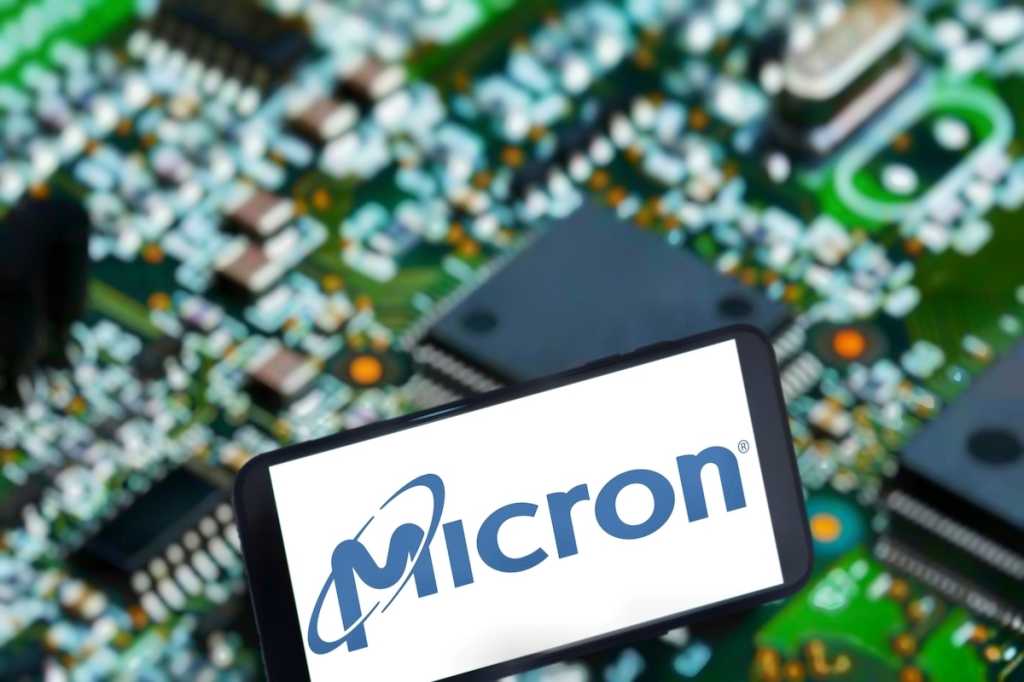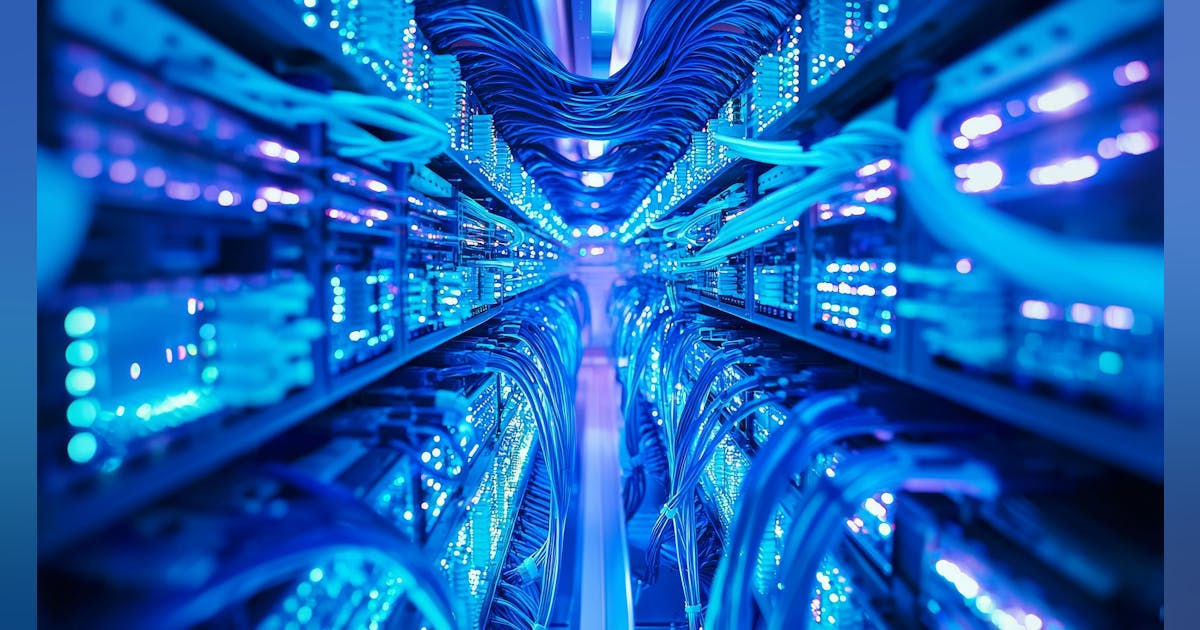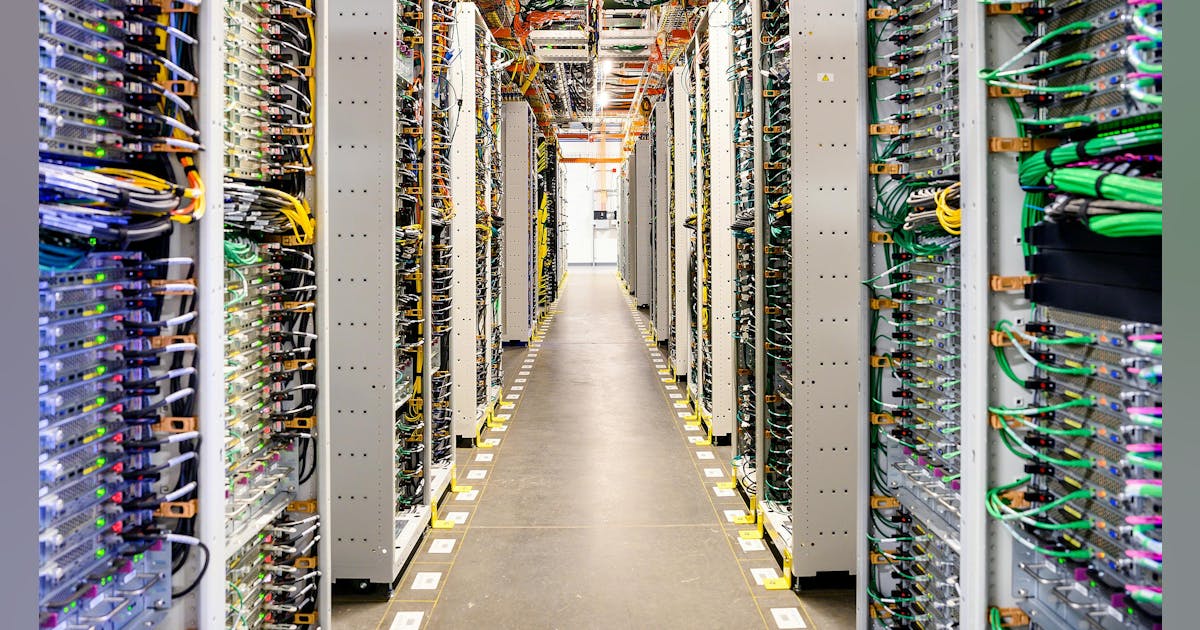
In a statement posted on its website this week, the U.S. Department of Energy (DOE) announced “the first step in the Energy Department’s largest deregulatory effort in history, proposing the elimination or reduction of 47 regulations”.
The statement highlighted that these actions are in accordance with U.S. President Donald Trump’s Executive Order “Zero-Based Regulation to Unleash American Energy”. Once finalized, these actions will cut more than 125,000 words from the Code of Federal Regulations, the statement noted.
“While it would normally take years for the Department of Energy to remove just a handful of regulations, the Trump Administration assembled a team working around the clock to reduce costs and deliver results for the American people in just over 110 days,” U.S. Secretary of Energy Chris Wright said in the statement.
The 47 deregulatory actions include “streamlining administrative procedures with respect to the import and export of natural gas”, “streamlining applications for authorization to transmit electric energy to a foreign country”, and “rescinding reporting requirements, certification, independent verification, and DOE review for voluntary greenhouse gas reporting”, the DOE statement showed.
They also include “rescinding the renewable energy production incentive”, “delaying [the] compliance date for federal agencies to meet the clean energy federal building rule”, and “streamlining the procedures for acquisition of petroleum for the strategic petroleum reserve (SPR)”, the statement highlighted.
In a statement posted on its site last month, the DOE announced that Strategic Storage Partners LLC had secured a $1.4 billion contract to manage and operate the SPR.
In that statement, the DOE noted that the SPR’s mission is to safeguard the United States from significant petroleum supply disruptions through the acquisition, storage, distribution, and management of emergency petroleum stocks, fulfilling U.S. obligations under the International Energy Program.
A “Zero-Based Regulatory Budgeting to Unleash American Energy” Executive Order was published on the White House website on April 9. In it, Trump highlighted that “this order directs certain agencies to incorporate a sunset provision into their regulations governing energy production to the extent permitted by law, thus compelling those agencies to reexamine their regulations periodically”.
A fact sheet posted on the White House website on the same day stated that President Trump “is laser focused on energy abundance, not just efficiency”.
Earlier this month, in his opening remarks when testifying before the House Committee on Appropriations, Subcommittee on Energy and Water Development, outlining the Department of Energy’s Fiscal Year 2026 budget request, Wright said, “my priorities for the Department are clear – to unleash a golden era of American energy dominance, strengthen our national security, and lead the world in innovation”.
“A reliable and abundant energy supply is the foundation of a strong and prosperous nation – it drives our economy, safeguards our freedoms, and fuels breakthroughs that improve our lives,” he added in the remarks, which were posted on the DOE website.
In another statement posted on the DOE site this month, the DOE announced that Wright signed a Memorandum of Understanding (MOU) on energy cooperation and a Memorandum of Cooperation (MOC) on critical minerals with the Kingdom of Saudi Arabia’s Minister of Energy H.R.H. Prince Abdulaziz bin Salman Al Saud and H.E. Minister of Industry and Mineral Resources Bandar Alkhorayef, respectively.
Wright signed the documents as a member of the United States delegation led by President Trump, the statement highlighted.
The DOE traces its lineage to the Manhattan Project effort to develop the atomic bomb during World War II and to the various energy-related programs that previously had been dispersed throughout various federal agencies, the DOE site notes. It has been in existence since 1977, the site highlights.
To contact the author, email [email protected]



















